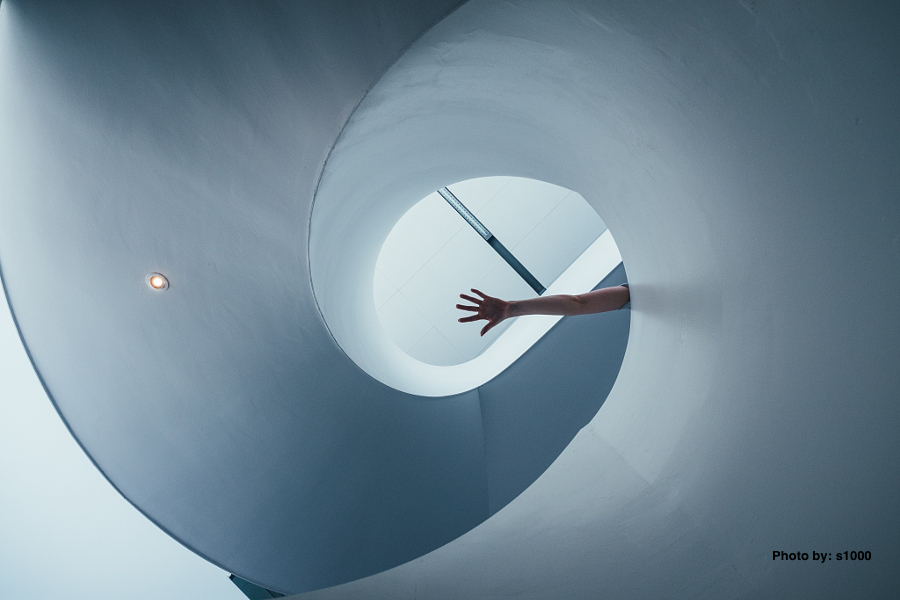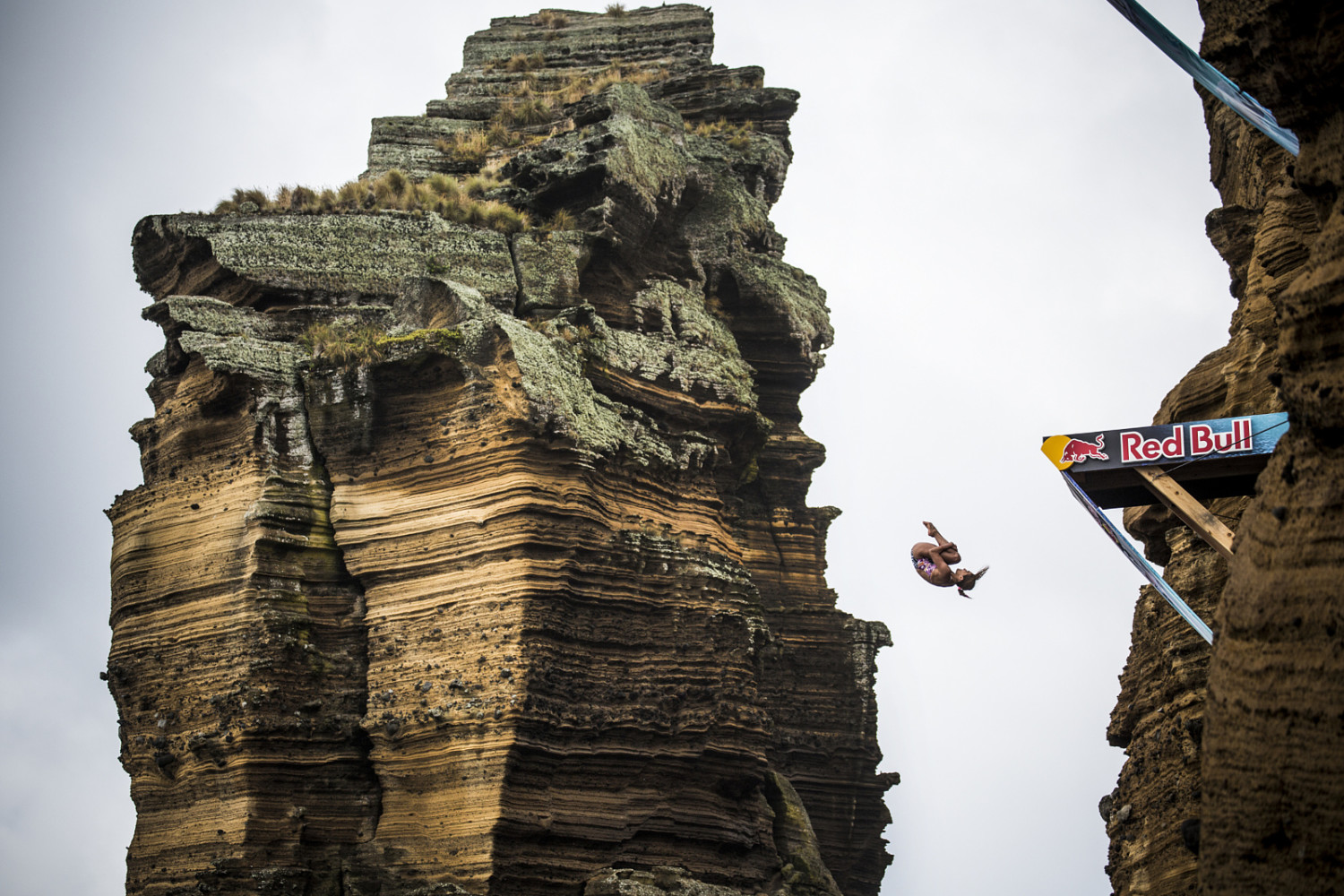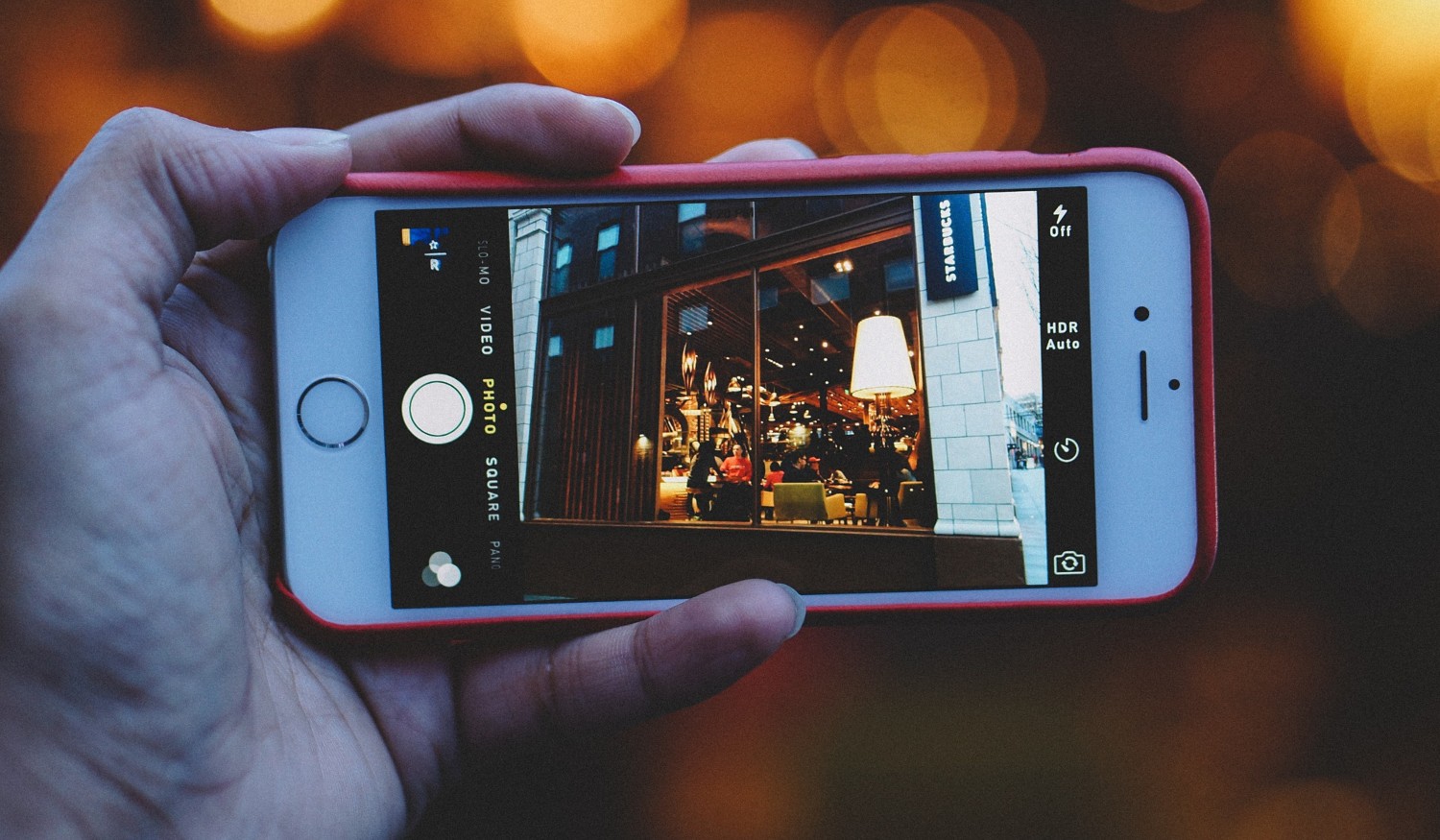In 2015, we crossed a new threshold for digital media time: ComScore found that 62% of Americans’ digital media time is spent on mobile, meaning that we are spending the majority of our internet time on small screens.
Mobile-dominant media consumption has major implications for brands and publishers, yet in planning our visual stories, we’re too often thinking about the big picture rather than the small frame. Researchers have found that our brains process visuals 60,000 times faster than text, so as the screens get smaller and attention spans more frayed, it becomes even more important to use visuals effectively.
So for your next campaign, get off that large display monitor, and think small. Keep in mind these tips from the 500px Content team on how to pick the best images for mobile.
Multiple Devices – Is this image going to be viewed on different desktop monitors, on iPads, on mobile devices? Consider how your image will work on screens large and small. The fine detail you love on your Thunderbolt display is going to be lost on the iPhone. Even for a mobile-only campaign, the different screen resolutions across phones means you should create multiple test graphics to know what your images will look like on different devices.
Image Orientation – Is this a social media campaign? Comscore found that nearly 80% of social media time is now spent on mobile devices. When planning your social media campaigns, consider whether portrait or landscape orientation will work best for the screens on which it will be viewed and the social networks on which it appears. In 500px’s own testing, vertical images performed the best on Snapchat, but on Facebook, the landscape orientation drove more engagement.
File Size – Is your audience diverse or global? Keep your file size as small as possible to optimize for a fast load time. Not everyone is on a 4G unlimited data plan. The more global your campaign, the bigger variety there may be in how your audience loads the images. As well, every social media platform has different guidelines for dimensions and file size. There are many cheat sheets on the web that list image dimension and file size guidelines, but make sure you are using one from 2016.
Copy Space – Do you need to add text or graphic elements? Given that the mobile screen may only be 4 inches of display, there is limited real estate for all the messages you need to convey. Text can be more difficult to read on a smaller screen so it becomes extremely important to pick images that can accommodate text in different sizes and call to actions buttons.
Audience – What emotions do you intend to convey? As with any visual storytelling, you want to make sure your image connects with your brand and with your audience. Think about the feelings that the image conveys and how it relates to the message and the action you want the user to take. Even better, find the photo that allows you to write less copy – let the image do the talking.
 Check out this inspiring collection of images — perfect for mobile — to get you started with telling your story on a tiny screen!
Check out this inspiring collection of images — perfect for mobile — to get you started with telling your story on a tiny screen!










Leave a reply